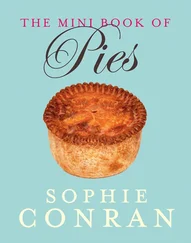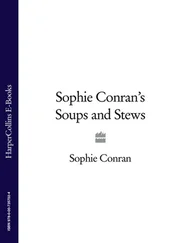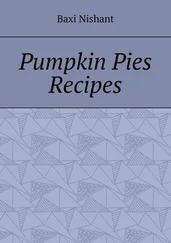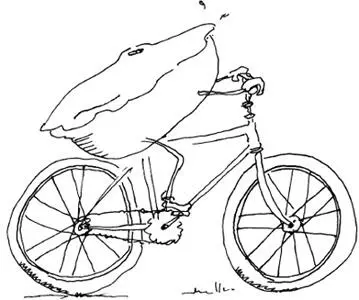
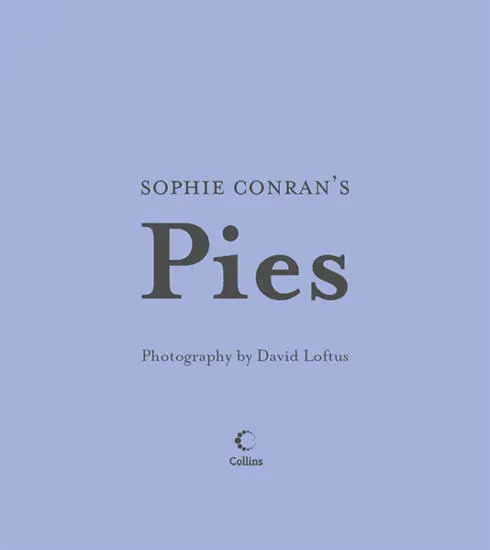
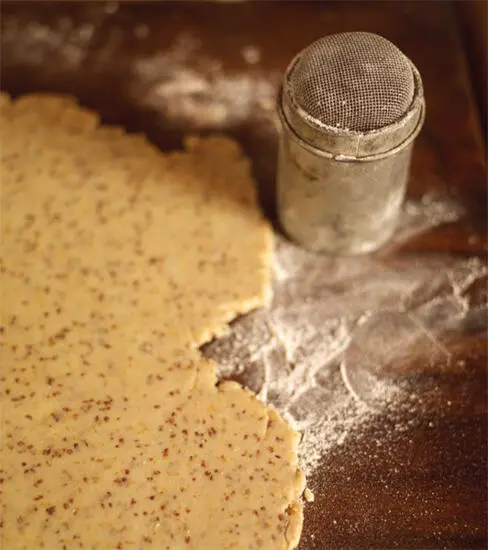
To my little guinea pigs, Felix and Coco Love Mummy
Cover
Title Page
Dedication
Introduction
Making Pastry
Meaty Pies
Beef with Carrots
Beef with Black Olives
Jasper’s Steak and Kidney Pie
Beef Wellington
Beef, Ale and Mushroom with Yorkshire Pudding Lid
Beef and Beer Pie with Sweet Potato Mash
Shepherd’s Pie
Osso Bucco Pie
Cow Pie
Beef with Button Mushrooms and Red Wine
Spiced Lamb with Beans
Moroccan Lamb with Apricots
Lamb, Carrot and Fruit Juice Pie
Lasagne
My Mum’s Steak and Kidney Pudding
Porky Pies
Pork and Prune with Apple Mash
Pork and Stilton with Polenta Pastry
Ham and Cheese Picnic Pie
Ham and Chicken Pie
Sausage and Mushroom Pie
Sausage and Caramelised Onion with Mash
Cottechino and Lentil with Parmesan Polenta
Sausage and Apricot Parcels
Bacon and Southern Spoonbread Pie
Potato and Bacon Pie
Portuguese Stone Pie
Fair Game
Christmas Duck and Fig Pie
Rabbit Pie
Pieminister’s Mloukiya Wabbit Pie
Venison with Port and Plums
The Browns’ Pheasant and Sausage Pie
Pheasant and Cranberry Pie with Parsnip Mash
Tweety Pies
Spanish Chicken Pie
Chicken and Egg Pie
Devilled Chicken Pie
Chicken and Asparagus with Coconut Milk
Chicken, Olive and Preserved Lemon Pie
Chicken, Lentil, Spinach and Smoked Bacon
Chicken with Leeks and Cream
Chicken and Mushroom Pie for Little Chickens
Creamy Chicken with Chanterelle Mushrooms
Chicken with Red Wine and Polenta Top
Sage’s Tamale Pie
Little Fishy in a Dishy
Classic Fish Pie
Cod and Bacon
Salmon and Fennel
Fish Pie for Little Pirates
Cod with Salsa Verde
Halibut and Spinach
Haddock and Black Pudding Mini Tarts
Caramelised Onion, Anchovy and Olive
Hake with Lemon and Mint
Quick Fish Foldover
Smoked Trout and Almond Quick Pie
Inky Squid Pie
Fish and Fennel with Saffron Mash
Smoked Haddock and Mushroom with Fresh Herbs
Salmon en Croûte
Veg’ Out
Roast Vegetable with Parmesan Pastry
Roasted Vegetable with Cumin Puff Pastry
Asparagus and Quail’s Eggs
Spring Vegetables with Lemon Polenta
Tasty Tuscan Beans and Tomato Pie
“La Coca” Algerian Red Pepper and Tomato
Crispy Spinach and Mint Cigars
Butternut Squash, Sage and Goat’s Cheese
Aubergine, Feta and Filo
Creamy Mushroom and Polenta
Tomato and Mozzarella Triangles
Flamiche
Endive, Roquefort and Walnut Pie
Coloured Peppers and Olive Lunch Buns
Stringy Cheese Pie
Three Cheese Picnic Pie
Calzone di Scarola
Sweetie Pies
Lemon Meringue Pie
Little Lime Curd and Raspberry Pies
Armagnac, Prune and Ginger Little Pies
Blueberry and Strawberry Filo Pies
Apple Pie
Apple, Orange and Ginger Upside-down Pie
Easy Peasy Plum and Blackberry
Mark’s Famous Apple Crumble
Winter Spiced Fruit Pie
Mince Pies
Whoopie Pie
Pecan Pie
Pear and Apricot Tart
Cardamom and Honey Bread and Butter Pudding
Sticky Toffee Pudding Pie
Banoffee Pie
Keep Reading
Index
Acknowledgements
Copyright
About the Publisher

What is a pie? Sounds like a simple question, but over the years pies have been and still are many varied things, so for a definition I’d say the looser the better. How about a baked dish with some sort of filling, often with a pastry casing or top, though sometimes not? The word “pie” (or “pye”) itself is derived from the Middle English for magpie and it’s easy to see why.Just like this avaricious bird storing precious objects in its nest, the cook can pack a pie with all manner of surprises. Pies can be savoury or sweet, enclosed or open, with pastry, or not, the right way up or even upside down. Pies helpfully are often called a pie but sometimes it’s a pasty, a quiche, pudding, tart or even a cake.
Big or small, pies are wonderfully difficult to define. The term “pie” is used to describe dishes that aren’t pies at all but confections, and their adjunct can describe their filling or not. An Eskimo pie is my favourite offender being neither a pie nor containing a single shred of Eskimo. It is, in fact, an oblong of ice cream covered in chocolate. So, in keeping with the rebellious nature of pies everywhere, I’ve sneaked some controversial ones into this book!
I used to believe it was the Greeks who had invented pies but as I delved further I found references suggesting that it was in fact the Egyptians, with bakers to the pharaohs wrapping nuts, honey and fruits inside a bread dough. It seems the Egyptians kindly passed the pie idea to the Greeks who thoughtfully originated pie pastry. When the Romans ran roughshod over the Greeks, they appropriated this delicacy and triumphantly delivered it home.
Once the pastry case had been invented there really was no limit to what could be baked inside. Fast forward to the thirteenth century and find reference to a tortoise pie from an anonymous Andalusian Cookbook which starts, “simmer the tortoises lightly in water”. You would have thought tortoises had no need of another shell, but they were indeed further encased in pastry. And of course we all remember the nursery rhyme from our childhood:


Sing a song of sixpence ,
A pocket full of rye;
Four-and-twenty blackbirds
Baked in a pie.
When the pie was opened ,
The birds began to sing.
Wasn’t that a dainty dish
To set before the King?
Can you imagine the commotion? As the pie was cut open the blackbirds flew around the King’s banqueting hall, up and around the rafters, extinguishing candles as they flapped over them, birds squawking, people screaming, and a pampered King clutching his sides with delight. Yet this fairytale scene is not as far-fetched as it sounds. There has been a long tradition of live animals and even people being “baked” into pies or, rather, inserted into a pre-baked pie case and later released to entertain and astonish guests (a bit like the modern-day novelty of scantily clad models bursting out of birthday cakes). Think of the impressive structural quality to a pie, the mystery of what lies within, and that moment of revelation as you cut into it; little wonder serving a pie can so easily be transformed into a moment of theatre.
Читать дальше














